Anders Skoogh
Professor, PhD
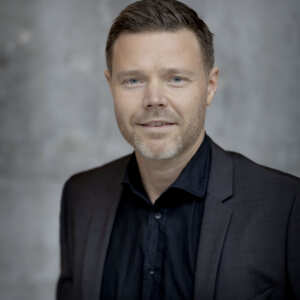
Project time: 2018 – 2020
Budget: 9 000 000 kronor
Funding: SIP Produktion2030
The project aims to digitalize established tools for production disturbance handling.
Production disturbances cause substantial costs and efficiency losses in automated production systems (studies estimate 106 billion SEK every year in Swedish manufacturing industry). Therefore, the D3H project aims to digitalize established disturbance handling tools (DHT) by making them data-driven and, thus, more effective. Desired effects include: reduced disturbance frequency, increased Overall Equipment Effectiveness (OEE), and better opportunities for cost-effective automation. The digitalized DHT will be implemented at six case companies and the effects on different disturbance patterns will be measured. The project will also develop improvement services based on the DHT for internal use at manufacturing companies or to be provided on a consultancy basis. The project results will be disseminated outside the consortium by means of technology workshops and development of digitalized learning modules, inspired by Massive Open Online Courses (MOOCs). These modules are designed for use in university courses, professional education, etc., and meant to be spread by learning platforms, such as Civilingenjör 4.0. Finally, to secure the right competences, the consortium includes major Swedish research institutes and universities together with manufacturing companies, Small and Medium Sized Enterprises (SMEs), and a software innovator company. A multi-disciplinary team combining manufacturing maintenance experience and computer science expertize.
SCARCE II will develop a demonstrator to show how SMEs and associated value flows can increase efficiency, competitiveness, sustainability and internal collaboration through digitalisation. The goal is to show the value of a new digital solution. SCARCE focuses on two subcontractors in the value chain linked to Scania and Volvo. The demonstrator is a cloud-based solution that connects three test beds in the industry; Stena Industry Innovation Lab, Chalmers, RISE IVF lab, Mölndal and KTH's test bed in Södertälje with the help of Siemens, AFRY, Qbim, Virtual Manufacturing and EQPack.
2020 – 2022
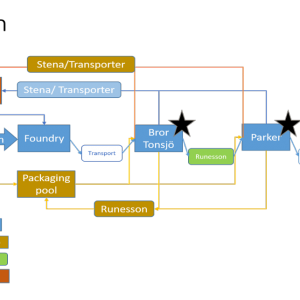
Prediktivt underhåll med internet-of-things och digitala tvillingar
2021 – 2021
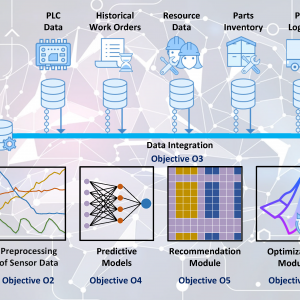
DIDAM develops and demonstrates digitalization solutions to industrialize Additive Manufacturing
2020 – 2023
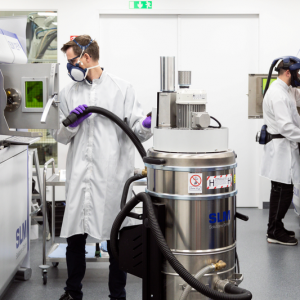
The project aims to reduce the lead time for sheet metal die tryout by optimizing the value stream and develop methods for numerical compensation of die and press deflections.
2017 – 2019
Improve the efficiency of sawmills, including improved monitoring and maintenance of the production line. This by sharing data via digital twin between the actors in the maintenance chain.
2019 – 2019
Målet var att förstå de utmaningar som den svenska och japanska industrin står inför studiebesök.
2017 – 2018
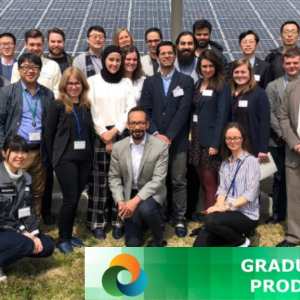
Method to understand how to automate information handling to get more efficient handling of production deviations.
2018 – 2020
The project aims to use deviation data for improving the product design and production.
2020 – 2023
DiVISI aims at investigating how sharing of digital information can improve the forest-forest industry value chain.
2020 – 2023
Novel methods, techniques and software for simulation of electrodeposition and galvanization processes.
2020 – 2023
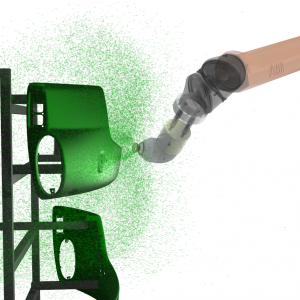
The overall goal of DiSAM is to create a unique test AM Hub in Sweden for metal and polymer based additive manufacturing processes.
2017 – 2021
Recent research from Chalmers have shown that by slightly tuning robot motions, the energy use can be reduced by 10 –30%, with preserved cycle time.
2017 – 2020
To demonstrate the new technology with robots that enable Swedish companies to develop innovative new products for automated production o maintenance.
2017 – 2020
The project aims a digitising the temperatures during the casting of rolls and suggest actions to the casting manager to reduce the variability of the process
2015 – 2016
Projektet syftar till att stödja implementeringen av Smart Maintenance genom utökat samarbete inom underhållsbranschen.
2017 – 2019
DiLAM strengthens the competitiveness of the Swedish manufacturing industry by aligning the digital and physical supply chains for additive manufacturing of large parts.
2017 – 2020
The project will develop a concept for production workers to easily build simple low-cost IoT-aided improvement solutions at the production shop floor.
2018 – 2020
The project aims at radically improving the working environment and the employee security within the heavy manufacturing industries by using and adapting the latest technology for low and ultraprecise positioning and decision support systems. The target is to increase security and safety by adapting the decision-support and positioning system for the heavy manufacturing industries.
2017 – 2018
Developing circular production systems using digital technologies
2021 – 2024

Reduce the environmental impact of foundries by reducing the amount of sand waste using machine learning.
2023 – 2024
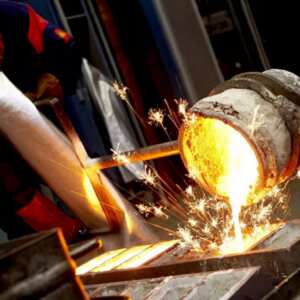
To create an inventory of AI techniques for maintenance services, apply AI techniques to three industrial cases, and evaluate their economic and environmental implications.
2017 – 2019
This project aims to contribute to the development of future ERP-systems. The project will explore how to offer work, redefine work roles and challenge companies to make use of advanced systems support and the technology within and around these. Overall, the project aims to contribute to the development of both the next generation of ERP-systems and a complementary change in the way firms see upon work organization, so that technology can support and meet the needs of the humans within organisations rather than enforcing structures upon them.
2019 – 2019
The project aims at facilitating the implementation of Smart Maintenance through extended collaboration within the maintenance community.
2017 – 2019
The paintshop is often a bottleneck in production and the processes are fine-tuned based on testing on numerous prototypes. To meet the future demands there is a great need to improve the product preparation process. The aim is to develop methods, techniques and software, and supporting measurement methodology, for simulation of paint curing in IR and convective ovens. The goal is to assist the industry to further develop and optimize their surface treatment to be more energy and cost efficient; to have a shorter lead time in product development; and to give a higher product quality.
2016 – 2019
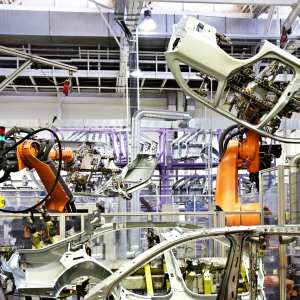
Tidsättning av manuell montering är centralt för verkstadsindustrins konkurrenskraft.
2021 – 2024
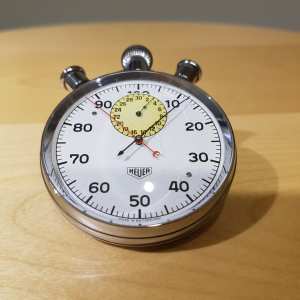
Two major disruptive trends – electrification and digitalization are changing customer preferences, leading to the probably most substantial transformation in the automotive industry we observed in decades. Finding a balance between customer’s requirements towards “zero-emission vehicle,” “connected car,” choice of materials, clarity of functions, and interface modes under the pressure of production time and cost are not easy. The AttributDo-project aims to help engineers create, define, verify and validate new and existing design features for new product development.
2021 – 2021
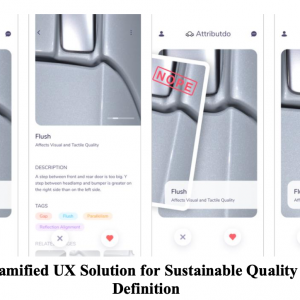
SCARCE will investigate the needs, possibilities and obstacles in value chains up- and down-stream from a focal SME company. SCARCE will explore what data to measure and visualize, and how this data can enable more automated execution, as well as, more dynamic and proactive planning of production capacity and material flows across the companies in the value chain. In addition, we will study organizational capabilities, especially the future human role, for implementing and managing in a digital and data-driven value chain.
2019 – 2019
En hållbar batterisektor i Sverige genom effektivt underhåll av framtidens batteriproduktion.
2022 – 2023
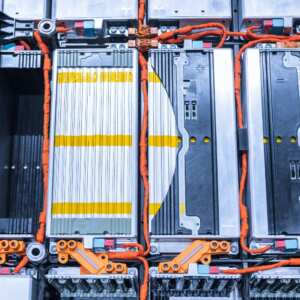
Maintenance in existing plants is becoming increasingly important, where predictive maintenance has become an emerging technology. The use of decision support tools contributes to environmentally and economically sustainable production. Within this project, different types of digital twins have been designed and evaluated. Specifically, new predictive model types have been tested in two different industrial case studies; a heat exchanger at SSAB and a profiled header at Svenska Fönster AB.
2017 – 2018
Realizing the future of maintenance in battery production for a sustainable and competitive battery industry.
2023 – 2026
The objective is to bring together expertise from AI and LCE to Product/Service Systems for Swedish manufacturing firms in a multidisciplinary research effort to utilise latest techniques efficiently for Swedish production industry. The goal is to make a plan of developing demonstrators in production and maintenance using artificial intelligence techniques, digital technologies and lifecycle engineering methods
2019 – 2019
The SAPPA project is about innovative cloud-based predictive and preventive maintenance systems, improving availability of products and production systems.
2014 – 2016
WELDVISI will create a new sensor-based assistance system for manual manufacturing with real-time cognitive feedback and documentation of parameters.
2022 – 2025